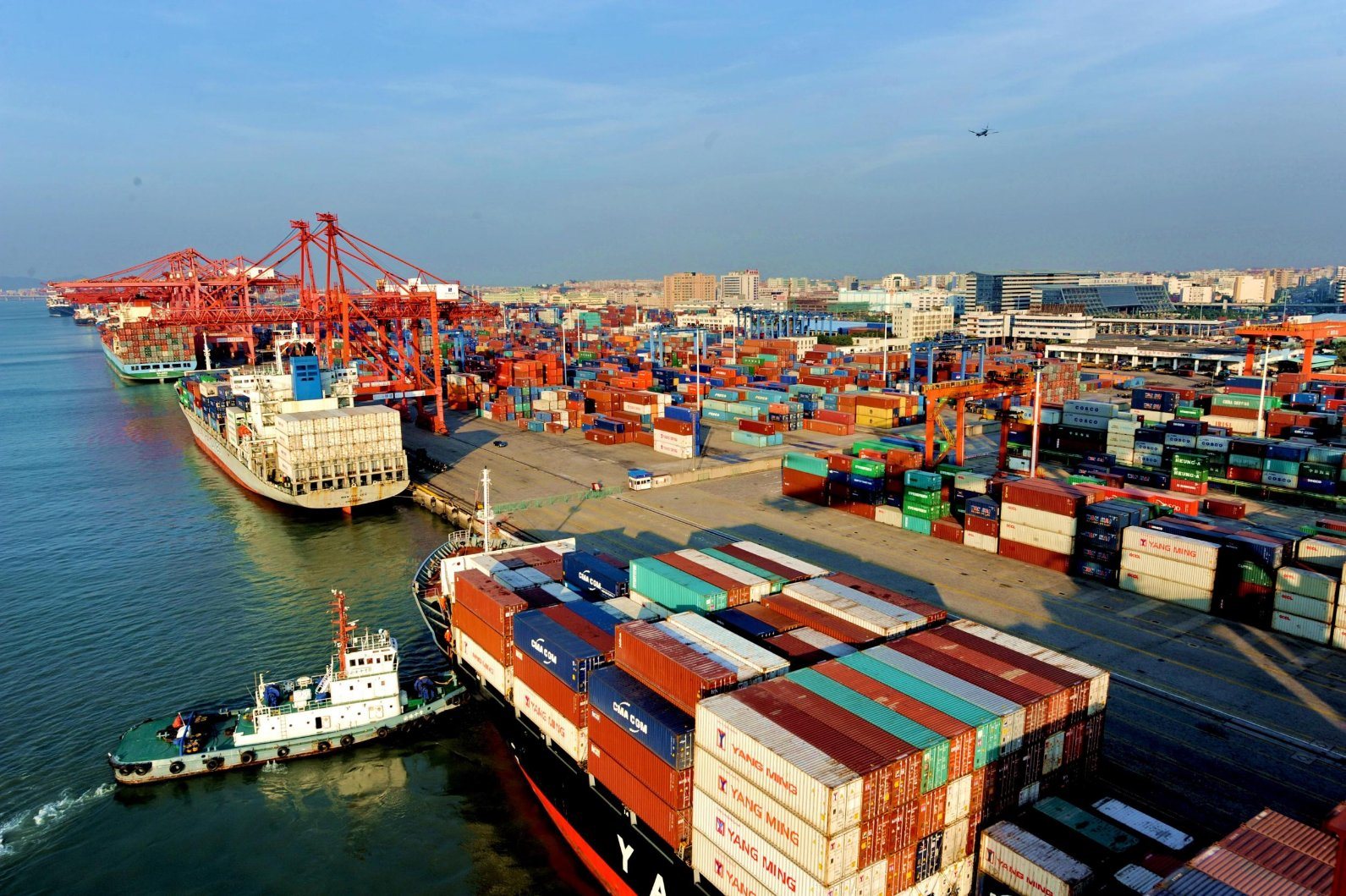GE’s push to fix power turbine problem goes global
Share

Utilities are shutting down at least 18 of General Electric Co’s newest gas turbines for repairs at power plants from Taiwan to France, according to interviews with plant operators and industry experts.
The shutdowns, which follow a recent GE turbine blade failure in Texas, come as GE grapples with financial losses and a drop in orders for the massive generators that can supply electricity to hundreds of thousands of homes.
GE is setting aside 480 million dollars to repair its 9HA, 7HA and 9FB model turbines as it restructures its power business.
The 126-year-old conglomerate has declined to say how many have been shut down or when it would replace parts – if needed – in as many as 130 such turbines it has produced.
Power plant operators in Japan, Taiwan, France and at multiple U.S. sites have shut down – or plan to shut down – at least 18 of the 55 new HA-model turbines that GE has shipped so far.
French utility data and interviews with more than 20 industry experts, including executives, plant operators, insurance specialists, engineers and consultants with direct knowledge of GE turbines show the true fact.
In an interview, GE gas power systems CEO, Chuck Nugent, played down the significance of turbine shutdowns and the French data, saying that GE turbines are performing “extremely well,” in spite of the need for “early maintenance” to fix the blades.
Considering all of the power turbines it has in use, GE has “the most reliable fleet in the world – 99 per cent, give or take, reliability,” he added.
GE previously disclosed that its equipment needing blade repairs includes four 7HA turbines in Texas that were shut after oxidation caused a blade to fail in one of them in September.
Those turbines are included in the 18 being shut down.
Photographs of the damaged turbine reviewed by media show dozens of jagged and broken blades inside the massive machine, owned by Exelon Corp (EXC.N).
The turbines are now running after two months of repairs, Exelon said.
GE told media it identified the oxidation problem in 2015, and developed a fix before the failure in Texas. The fix uses an earlier casting method that was employed on other turbine models.
Three plant operators using GE equipment that are shutting for blade repairs, Invenergy, Exelon and Tennessee Valley Authority, told media GE had been transparent and responsive in installing new blades for free under warranty.
“Overall, we’ve been very pleased with GE’s HA technology and its performance capabilities,” said Beth Conley, a spokeswoman at Invenergy.
Invenergy is receiving replacement blades for three new HA turbines at a Pennsylvania plant that has not yet opened.
Following the problems in Texas, state-owned utility Electricite de France (EDF.PA) closed its plant in the northern French town of Bouchain for a month starting in late September for blade replacements.
Bouchain was the first plant worldwide to install GE’s 9HA turbine.
Bouchain has logged 86 outages for equipment failure, testing or other reasons from January 2017 to October 2018, five times the average for non-GE plants, according to data .
The French data also show that plants with GE turbines have closed for repairs or testing, on average, more than twice as often as non-GE gas-fueled plants in France.
GE said it booked seven HA turbine orders in the first nine months of this year, half as many as in the same period last year.
GE’s HA turbines have come under particular pressure and its plant repair business is facing growing competition.
The success of GE’s new turbines are of increasing importance as it slims down to focus on power plants, jet engines and wind turbines in a flurry of restructuring.
GE spent more than two decades developing the 400-ton machines, but brought them to market after rivals, Siemens and Mitsubishi, were gaining market share, forcing GE to catch up.
GE undercut its rivals’ prices by about 20 per cent “to go from 0 per cent to about 45 per cent share of this turbine class by 2016,” Morgan Stanley analysts said in a report this year.
Now Chief Executive Officer, Larry Culp, is battling to restore GE’s profit and slash debt after the company lost 22.8 billion dollars last quarter, mostly from its power unit.
Scott Strazik, the new chief executive of GE Gas Power, said in an interview that customers were happy with GE’s response to the blade issue.
He said that GE had no plans to change how it handles customer issues or how it tests turbines, noting GE’s test facility is the largest and most comprehensive in the world.
“The HA is the fastest-selling gas turbine that we have and customers continue to have a strong desire for the HA,” Strazik said. (Reuters/NAN)














